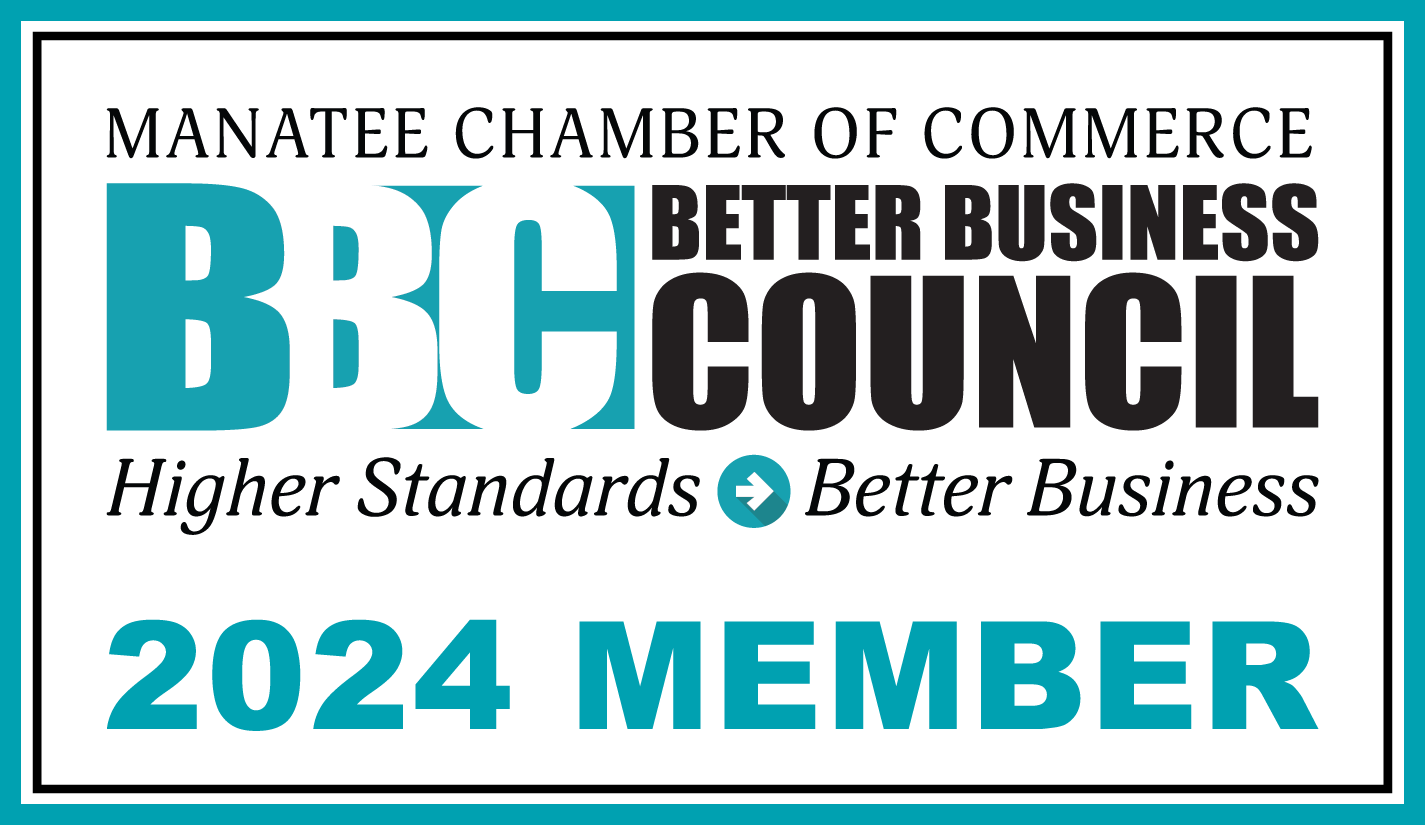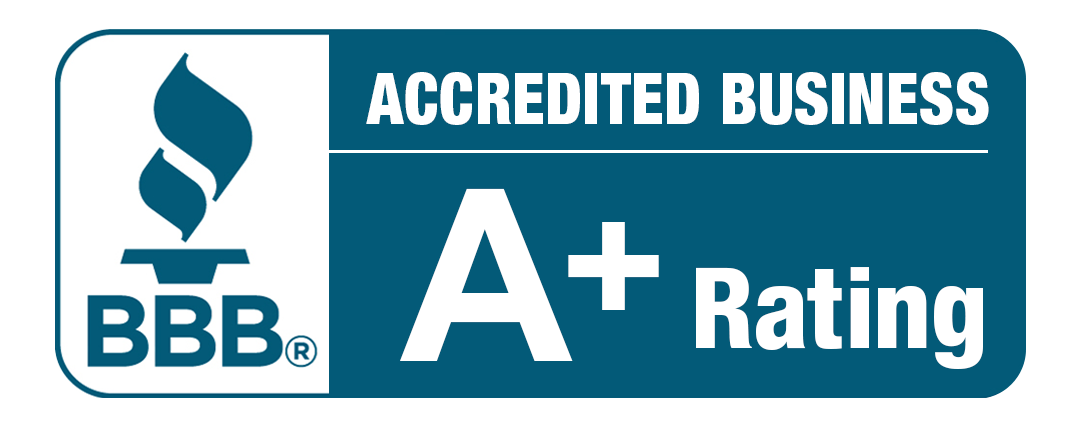As we begin yet another hurricane season here on the Gulf Coast, we thought it appropriate to look into some of the steps that custom builders take to protect your house and family. When you build a new custom home in Florida (or decide to renovate your older home), you will be required to ensure that your windows are up to code. After Hurricane Andrew in 1992, the state implemented sweeping code changes to better protect residents and their homes. While these codes address wind and impact resistance, they also set standards for energy efficiency and safety.
In Florida, the codes and regulations governing windows in new homes are primarily dictated by the Florida Building Code (FBC). The FBC sets forth comprehensive standards to ensure the safety, durability, and efficiency of windows in a variety of environmental conditions across the state. Here’s an in-depth look at the key aspects of Florida’s window codes for new homes:
1. Wind Load Requirements
Florida’s susceptibility to hurricanes and strong winds necessitates strict wind load requirements for windows. The FBC outlines specific design pressures that windows must withstand based on their location within the state. These pressures are calculated to ensure windows can endure the force of high-speed winds and flying debris during storms. Coastal areas – including many areas in Sarasota and Manatee County – generally have higher wind load requirements compared to inland regions, reflecting the increased risk of hurricane exposure.
2. Impact Resistance
Coastal regions and certain inland areas designated as high-velocity hurricane zones (HVHZ) require windows to be impact-resistant or protected by impact-resistant coverings such as shutters or laminated glass. These measures are crucial for mitigating damage from wind-borne debris during hurricanes, enhancing the safety and resilience of homes in vulnerable areas.
3. Energy Efficiency
Energy efficiency standards outlined in the FBC aim to reduce heating and cooling costs and enhance comfort within homes. Windows must meet minimum U-factor and Solar Heat Gain Coefficient (SHGC) ratings, which vary depending on the climate zone within Florida. These ratings ensure that windows effectively insulate against heat transfer and minimize solar heat gain, contributing to overall energy savings and environmental sustainability.
4. Egress Requirements
Windows serving as emergency exits, known as egress windows, must comply with specific size and height requirements to facilitate safe exit in the event of a fire or other emergencies. These requirements are critical for ensuring occupant safety and compliance with building codes that prioritize life safety measures.
5. Installation Standards
Proper installation of windows is essential to their performance and longevity. The FBC mandates adherence to specific installation practices to prevent water intrusion, ensure structural integrity, and maintain energy efficiency. Correct installation techniques, including appropriate sealing and anchoring methods, are crucial for meeting code requirements and maximizing the effectiveness of windows in new homes.
6. Documentation and Compliance
Compliance with the FBC involves documentation and permitting processes to verify that windows installed in new homes meet all applicable codes and standards. Builders and contractors must submit documentation demonstrating compliance with wind load, impact resistance, energy efficiency, and egress requirements to local building authorities for review and approval.
Bruce Williams Has You Covered
The Florida Building Code establishes rigorous standards for windows in new homes to enhance resilience, energy efficiency, and safety. From wind load requirements tailored to withstand hurricanes to mandates for impact resistance in vulnerable areas, these regulations aim to protect homes and occupants from natural disasters while promoting sustainable building practices.
The good news is that although it is nice to have a working knowledge of these requirements, you don’t have to worry about choosing the wrong window. A professional, licensed, and insured home builder such as Bruce Williams Homes is well-versed in these building codes and will guarantee that your new home is up to code. Of course, we will work with you as to style to make sure your home’s design is as exceptional as its construction.
You can trust our decades of experience and hundreds of satisfied custom home clients. No one is better at building on the Florida Gulf Coast than Bruce Williams Homes. Call us today to learn more!
As we begin yet another hurricane season here on the Gulf Coast, we thought it appropriate to look into some of the steps that custom builders take to protect your house and family. When you build a new custom home in Florida (or decide to renovate your older home), you will be required to ensure that your windows are up to code. After Hurricane Andrew in 1992, the state implemented sweeping code changes to better protect residents and their homes. While these codes address wind and impact resistance, they also set standards for energy efficiency and safety.
In Florida, the codes and regulations governing windows in new homes are primarily dictated by the Florida Building Code (FBC). The FBC sets forth comprehensive standards to ensure the safety, durability, and efficiency of windows in a variety of environmental conditions across the state. Here’s an in-depth look at the key aspects of Florida’s window codes for new homes:
1. Wind Load Requirements
Florida’s susceptibility to hurricanes and strong winds necessitates strict wind load requirements for windows. The FBC outlines specific design pressures that windows must withstand based on their location within the state. These pressures are calculated to ensure windows can endure the force of high-speed winds and flying debris during storms. Coastal areas – including many areas in Sarasota and Manatee County – generally have higher wind load requirements compared to inland regions, reflecting the increased risk of hurricane exposure.
2. Impact Resistance
Coastal regions and certain inland areas designated as high-velocity hurricane zones (HVHZ) require windows to be impact-resistant or protected by impact-resistant coverings such as shutters or laminated glass. These measures are crucial for mitigating damage from wind-borne debris during hurricanes, enhancing the safety and resilience of homes in vulnerable areas.
3. Energy Efficiency
Energy efficiency standards outlined in the FBC aim to reduce heating and cooling costs and enhance comfort within homes. Windows must meet minimum U-factor and Solar Heat Gain Coefficient (SHGC) ratings, which vary depending on the climate zone within Florida. These ratings ensure that windows effectively insulate against heat transfer and minimize solar heat gain, contributing to overall energy savings and environmental sustainability.
4. Egress Requirements
Windows serving as emergency exits, known as egress windows, must comply with specific size and height requirements to facilitate safe exit in the event of a fire or other emergencies. These requirements are critical for ensuring occupant safety and compliance with building codes that prioritize life safety measures.
5. Installation Standards
Proper installation of windows is essential to their performance and longevity. The FBC mandates adherence to specific installation practices to prevent water intrusion, ensure structural integrity, and maintain energy efficiency. Correct installation techniques, including appropriate sealing and anchoring methods, are crucial for meeting code requirements and maximizing the effectiveness of windows in new homes.
6. Documentation and Compliance
Compliance with the FBC involves documentation and permitting processes to verify that windows installed in new homes meet all applicable codes and standards. Builders and contractors must submit documentation demonstrating compliance with wind load, impact resistance, energy efficiency, and egress requirements to local building authorities for review and approval.
Bruce Williams Has You Covered
The Florida Building Code establishes rigorous standards for windows in new homes to enhance resilience, energy efficiency, and safety. From wind load requirements tailored to withstand hurricanes to mandates for impact resistance in vulnerable areas, these regulations aim to protect homes and occupants from natural disasters while promoting sustainable building practices.
The good news is that although it is nice to have a working knowledge of these requirements, you don’t have to worry about choosing the wrong window. A professional, licensed, and insured home builder such as Bruce Williams Homes is well-versed in these building codes and will guarantee that your new home is up to code. Of course, we will work with you as to style to make sure your home’s design is as exceptional as its construction.
You can trust our decades of experience and hundreds of satisfied custom home clients. No one is better at building on the Florida Gulf Coast than Bruce Williams Homes. Call us today to learn more!








